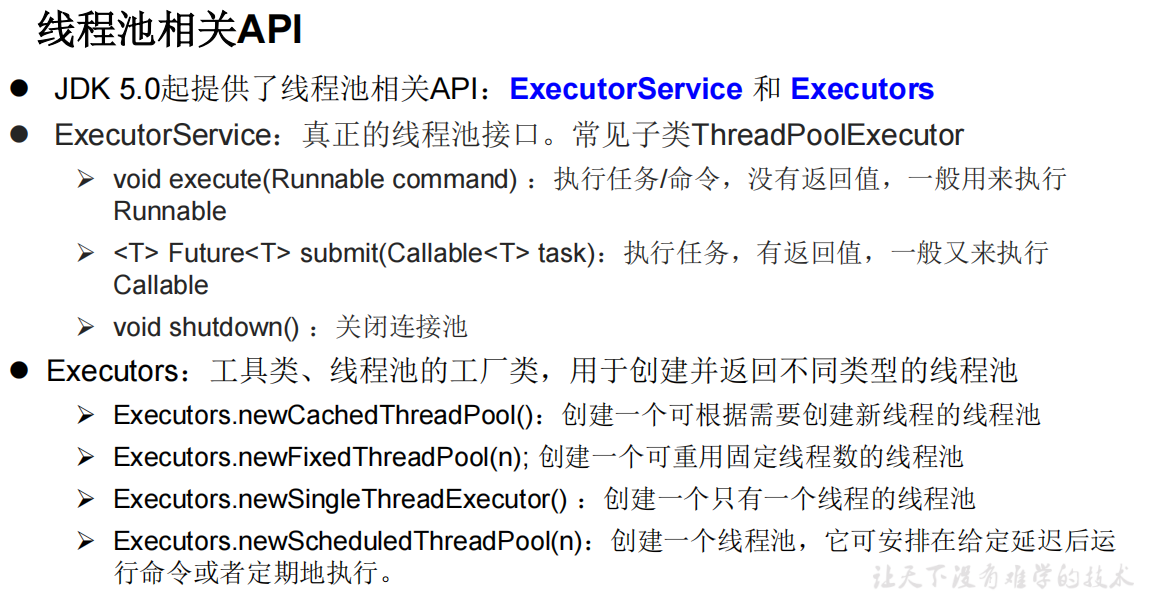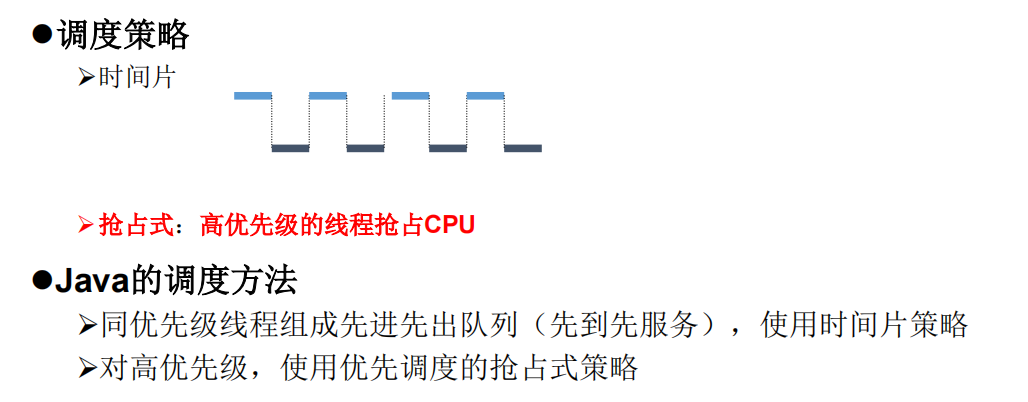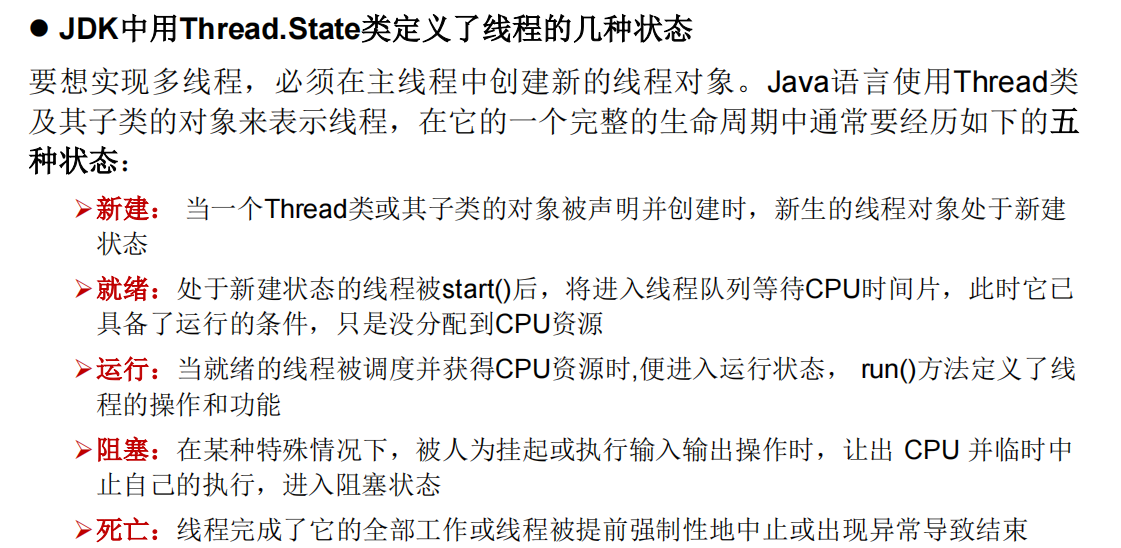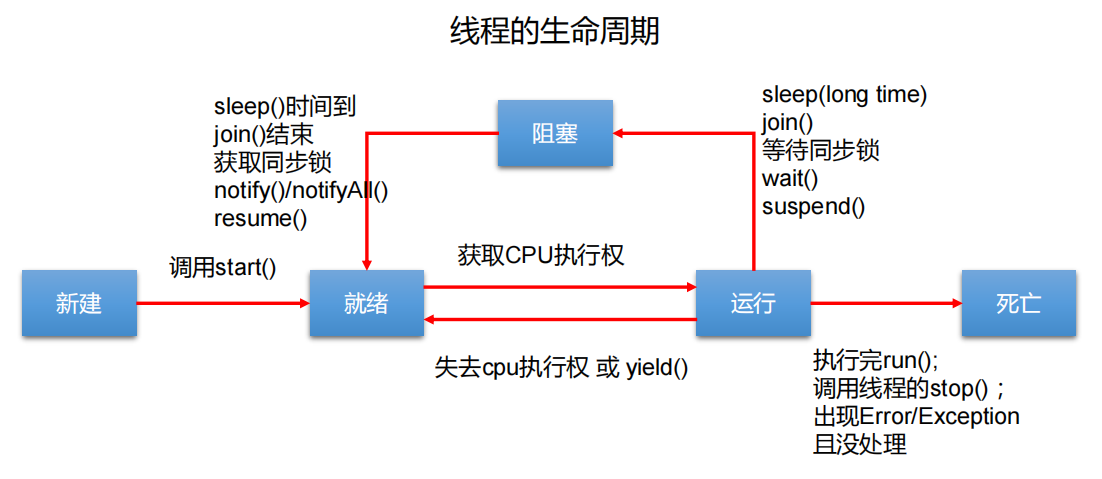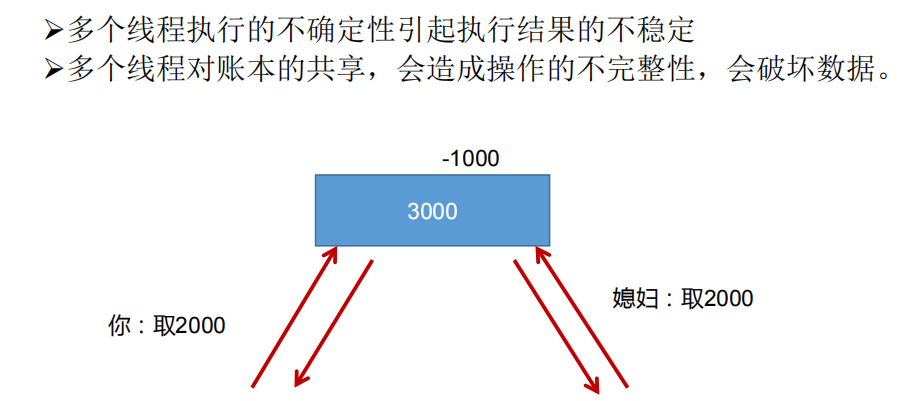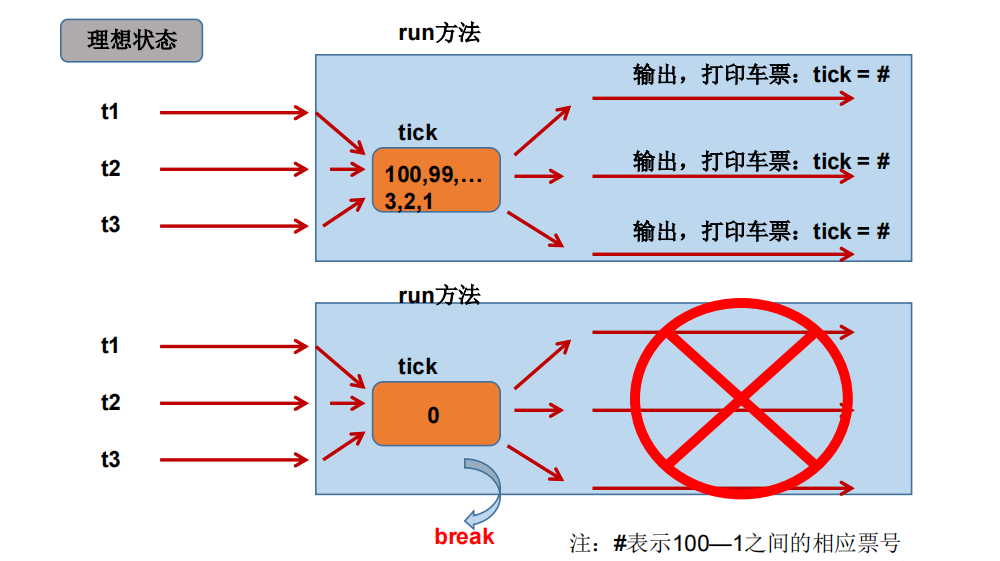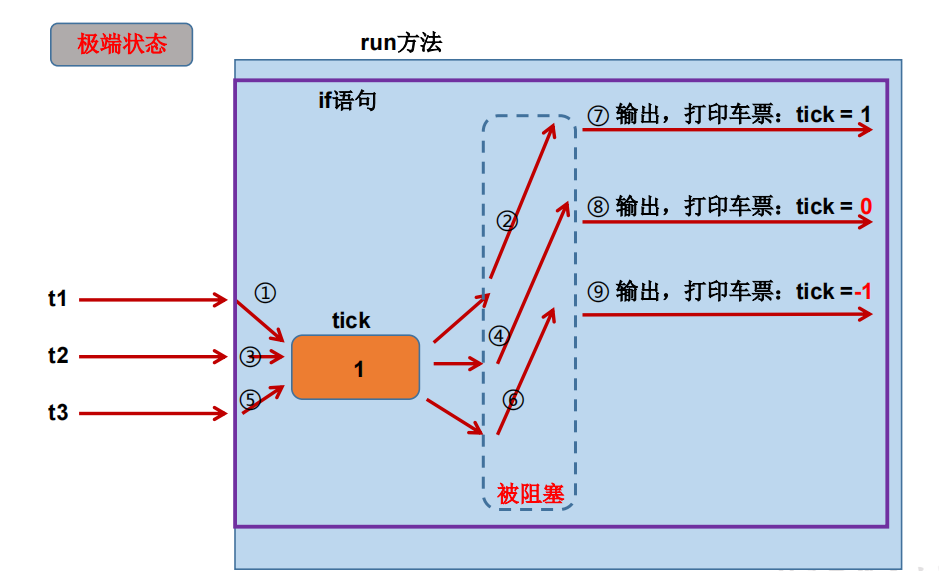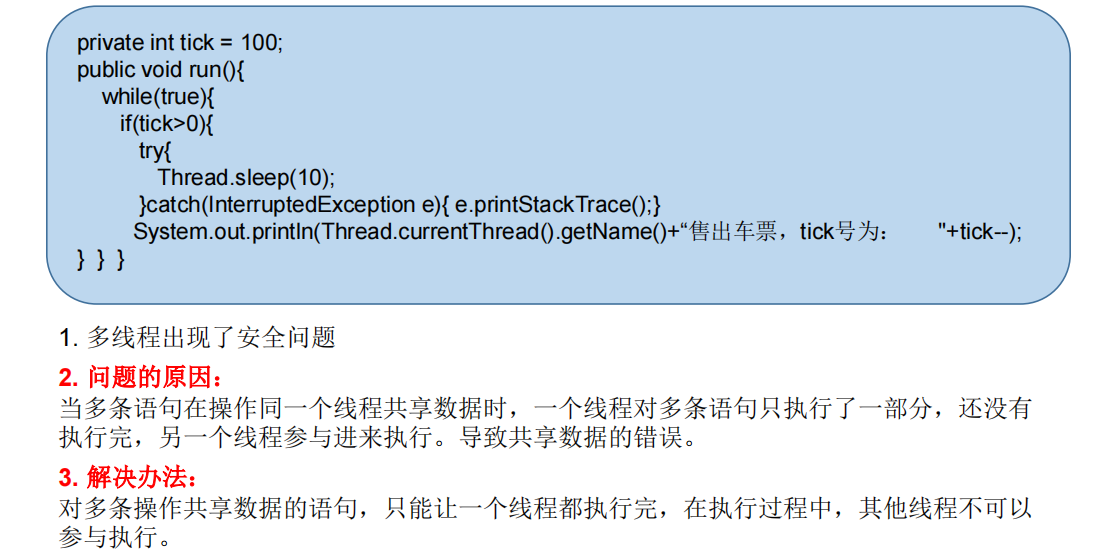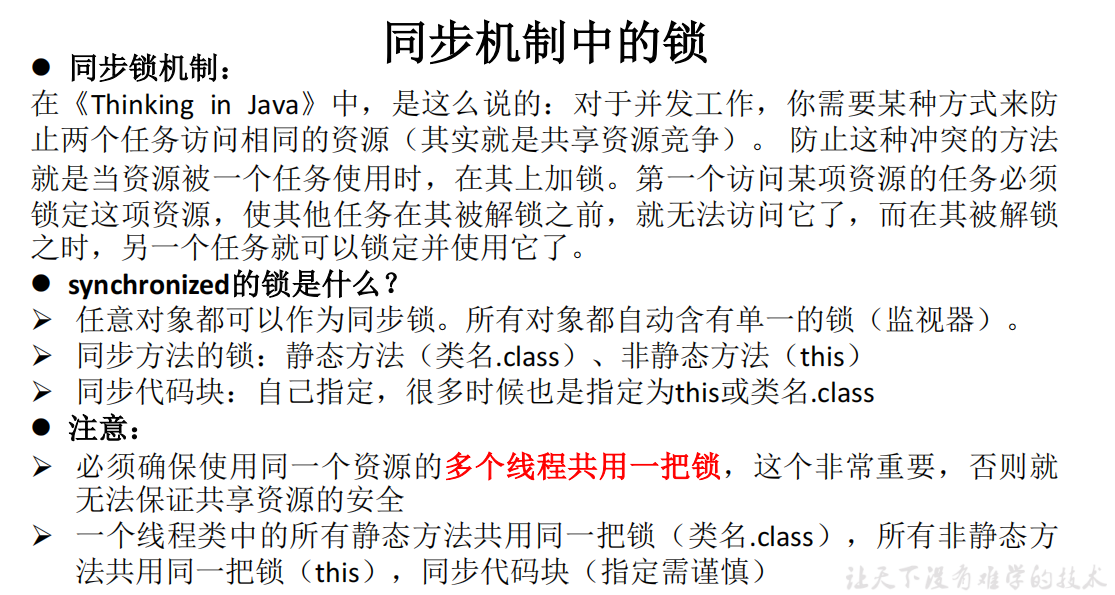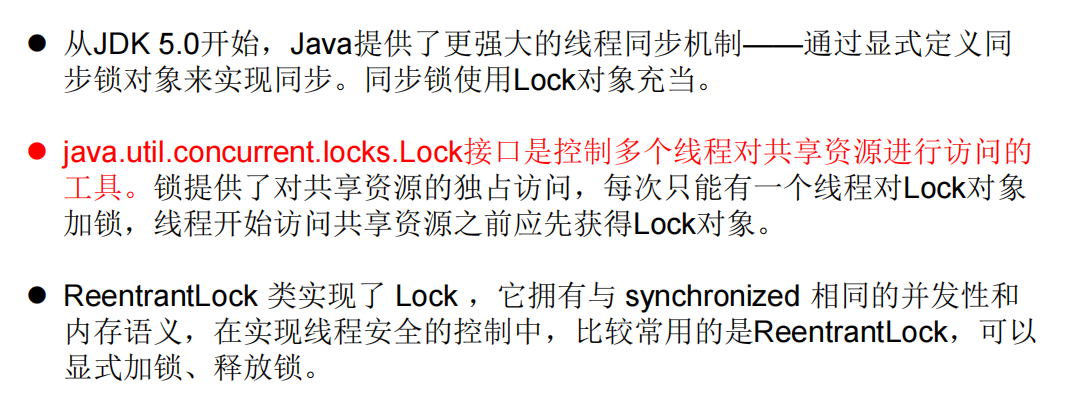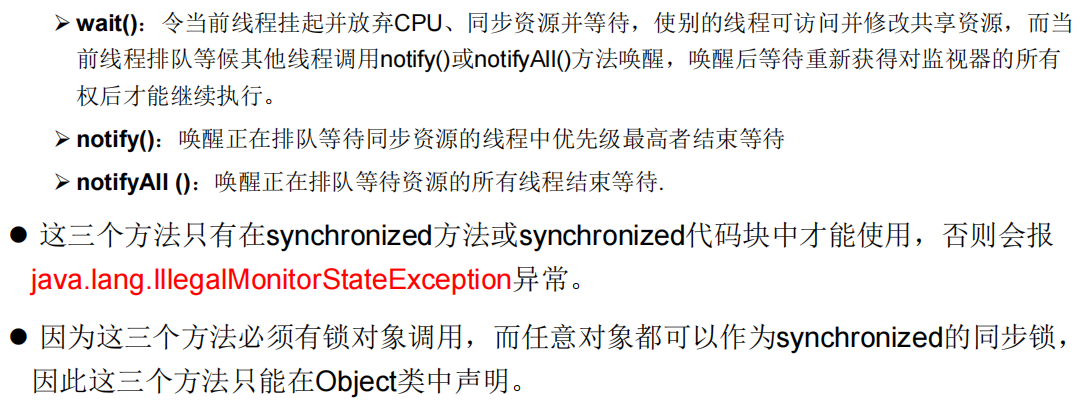When I think my code is safe, wait...

catalogue
Basic concepts of multithreading
Basic concepts: program, process and thread
Understanding of single core CPU and multi-core CPU
Advantages of using multithreading
Method 1 of creating multithreading
Code example of implementing multithreading by inheritance:
Supplement: classification of threads
Method 2 of creating multithreading
Implementation method multithreading code example:
Comparison of two ways to realize multithreading
Case analysis: ticket selling at railway station
Analyze the synchronization principle:
Lock in synchronization mechanism
Operation that does not release the lock
Method 1: synchronize code blocks
Thread synchronization in inheritance mode
Thread synchronization of implementation mode
Mode 2: synchronization method
Thread synchronization of implementation mode
Thread synchronization in inheritance mode
Summary of synchronization methods
Thread safe single instance lazy
wait() and notify() and notifyAll()
Classic case of thread communication:
Three ways to create multithreading
Four ways to create multithreading
Benefits of using thread pools
Basic concepts of multithreading
Basic concepts: program, process and thread
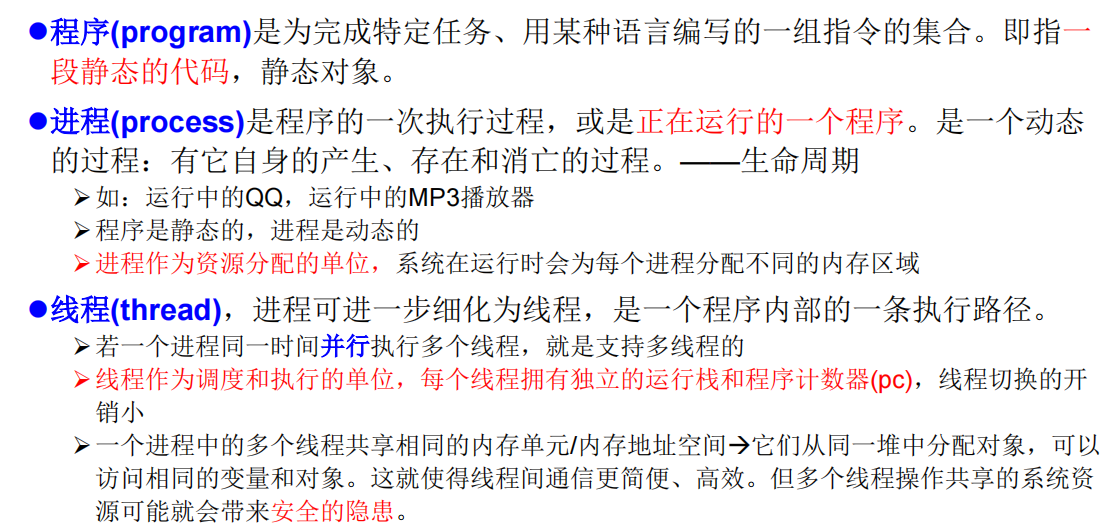

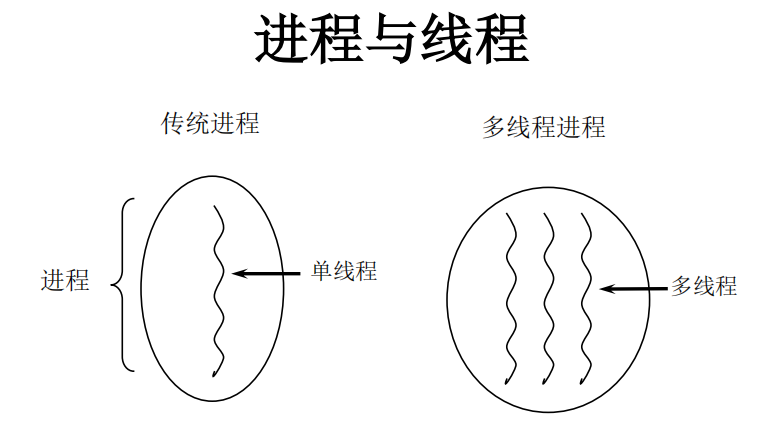
Understanding of single core CPU and multi-core CPU
Parallelism and concurrency

Advantages of using multithreading
When do I need multithreading
Creation and use of threads


Method 1 of creating multithreading

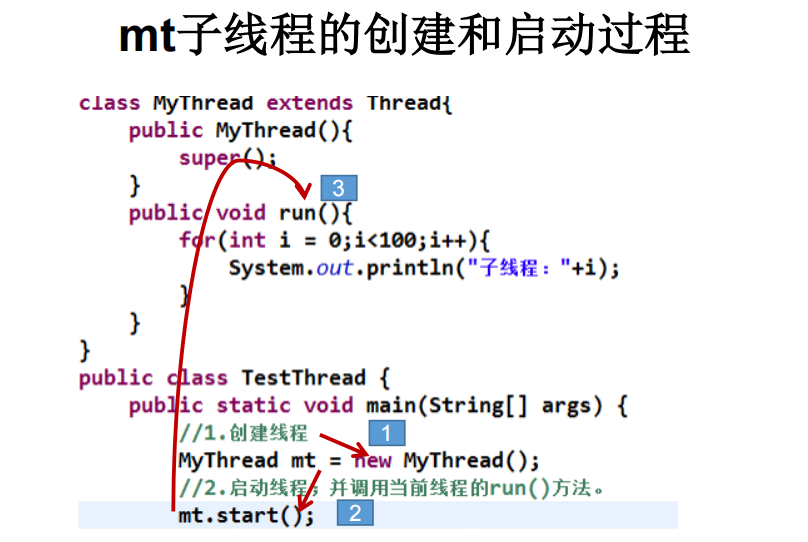

Note:
Code example of implementing multithreading by inheritance:
package com.ykx.java;
/**
* @author yangkx
* @create 2022-01-24 17:42
*/
public class HelloWorld {
public static void main(String[] args) {
MyThread t = new MyThread();
t.start();
for(int i = 0; i < 100; i++)
if(i % 2 != 0)
System.out.println(i+"=====main");
}
}
class MyThread extends Thread{
@Override
public void run() {
for(int i = 0; i < 100; i++)
if(i % 2 == 0)
System.out.println(i);
}
}


Common methods of thread
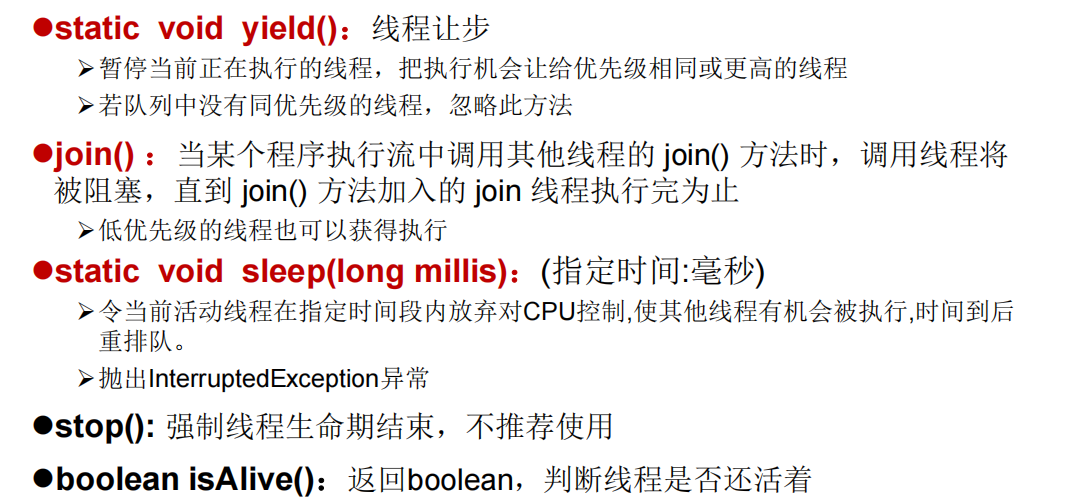
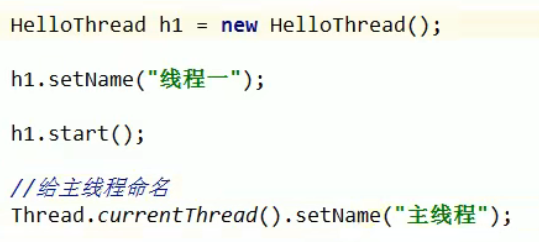
Thread scheduling
thread priority
Supplement: classification of threads
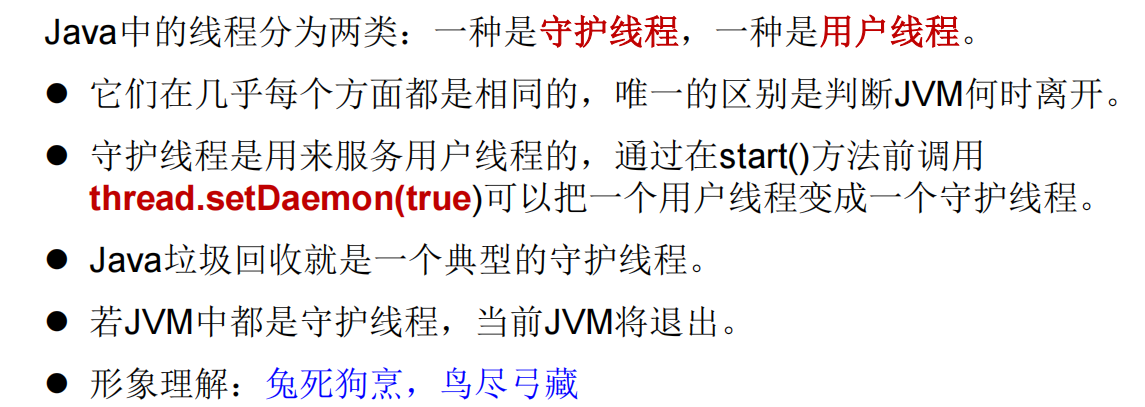
Method 2 of creating multithreading
Implementation method multithreading code example:
public class ThreadDemo {
public static void main(String[] args) {
//③ Create objects of this class
MThread mThread = new MThread();
//④ Pass this object as a parameter to the Thread constructor to create the object
Thread thread = new Thread(mThread);
//⑤ Call the start() method
thread.start();
}
}
//① Class implements the Runnable interface
class MThread implements Runnable{
//Override run method
@Override
public void run() {
for(int i = 0 ; i < 100; i++)
if(i % 2 == 0 )
System.out.println(i);
}
}
Comparison of two ways to realize multithreading
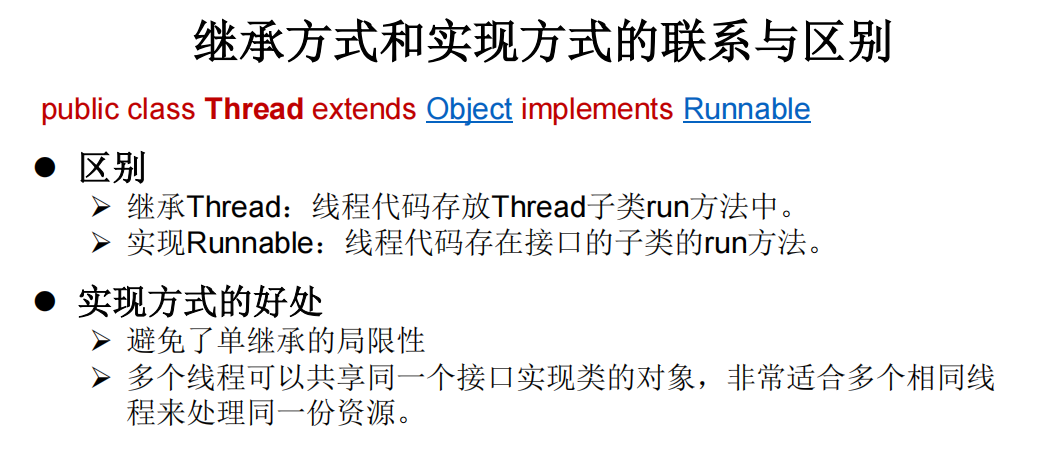

Thread life cycle
Thread synchronization
Raising questions
Case analysis: ticket selling at railway station
Simulate train station ticket sales and open three windows for ticket sales
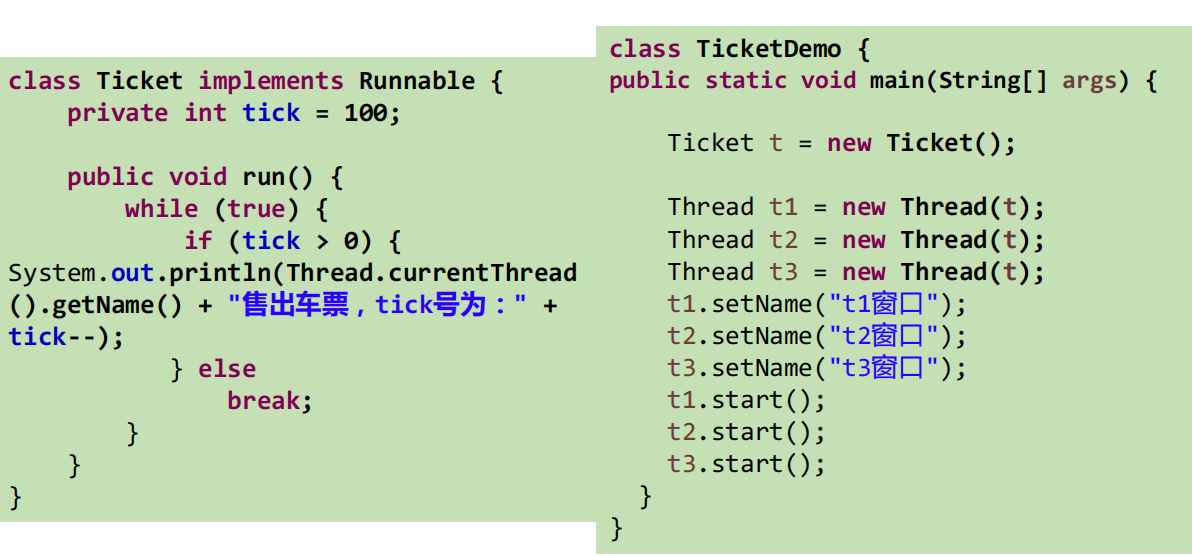
Ideal state
Extreme state
problem analysis
How to use Synchronized
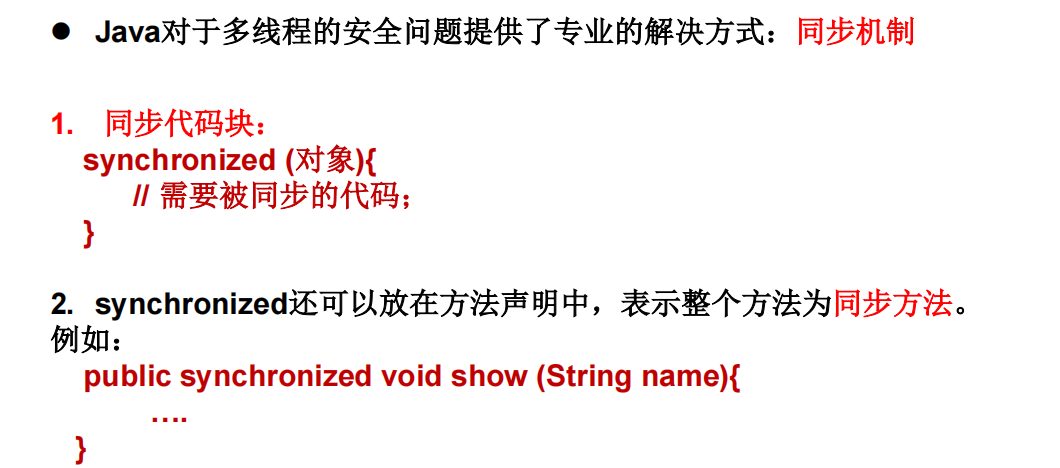
Analyze the synchronization principle:
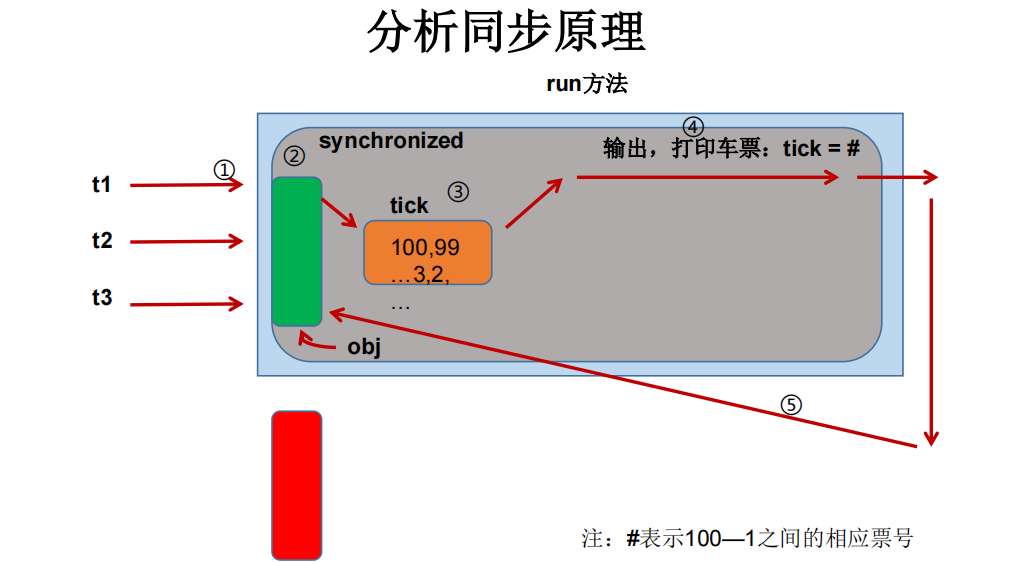
Lock in synchronization mechanism
Scope of synchronization
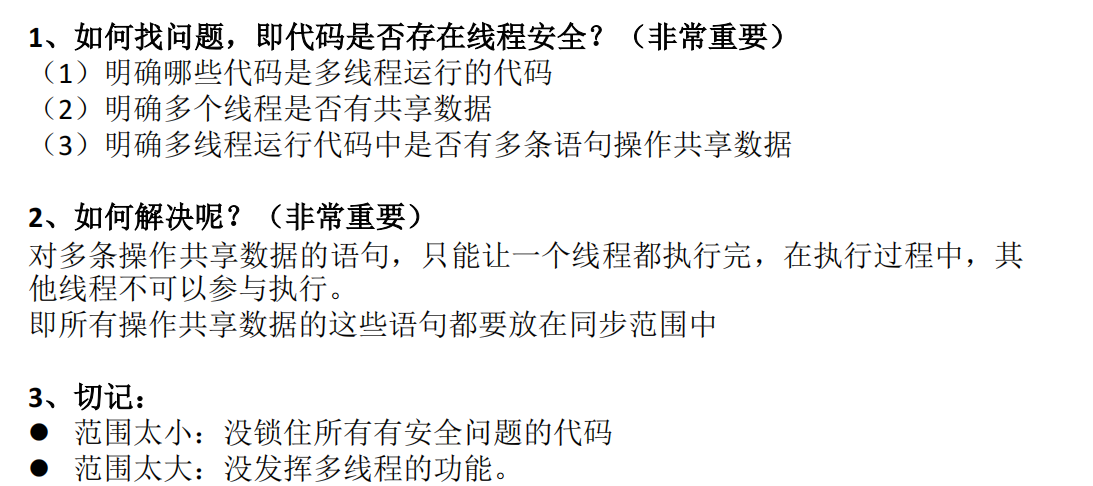
Operation of releasing lock
Operation that does not release the lock

Method 1: synchronize code blocks
Thread synchronization in inheritance mode
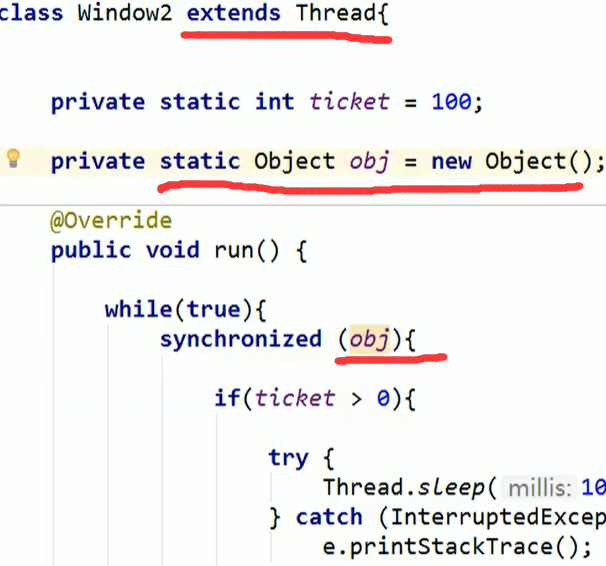
Code implementation:
package com.ykx.java;
/**
* @author: yangkx
* @Title: WindowTest
* @ProjectName: JavaSenior
* @Description:
* @date: 2022/1/27 15:57
* Multithreading of synchronous code block processing inheritance mode
*/
public class WindowTest1 {
public static void main(String[] args) {
Window1 window1 = new Window1();
Window1 window2 = new Window1();
Window1 window3 = new Window1();
window1.setName("Window one");
window2.setName("Window II");
window3.setName("Window three");
window1.start();
window2.start();
window3.start();
}
}
class Window1 extends Thread {
private static int ticket = 20;
@Override
public void run() {
while (true) {
synchronized (Window1.class) {
if (ticket > 0) {
try {
Thread.sleep(100);
} catch (InterruptedException e) {
e.printStackTrace();
}
System.out.println(Thread.currentThread().getName() + ":Ticket No.:" + ticket);
ticket--;
} else {
break;
}
}
}
}
}
Thread synchronization of implementation mode
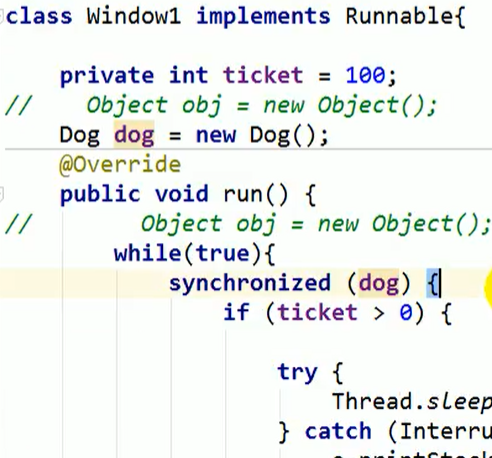
Code implementation:
package com.ykx.java;
/**
* @author: yangkx
* @Title: WindowTest2
* @ProjectName: JavaSenior
* @Description:
* @date: 2022/1/27 16:57
* Multithreading of synchronous code block processing implementation
*/
public class WindowTest2 {
public static void main(String[] args) {
Window2 window2 = new Window2();
Thread thread1 = new Thread(window2);
Thread thread2 = new Thread(window2);
Thread thread3 = new Thread(window2);
thread1.setName("Window one");
thread2.setName("Window II");
thread3.setName("Window three");
thread1.start();
thread2.start();
thread3.start();
}
}
class Window2 implements Runnable {
private static int ticket = 20;
@Override
public void run() {
while (true) {
synchronized (this) {
if (ticket > 0) {
try {
Thread.sleep(100);
} catch (InterruptedException e) {
e.printStackTrace();
}
System.out.println(Thread.currentThread().getName() + ":Ticket No.:" + ticket);
ticket--;
} else {
break;
}
}
}
}
}
Mode 2: synchronization method
Thread synchronization of implementation mode
method:

example:
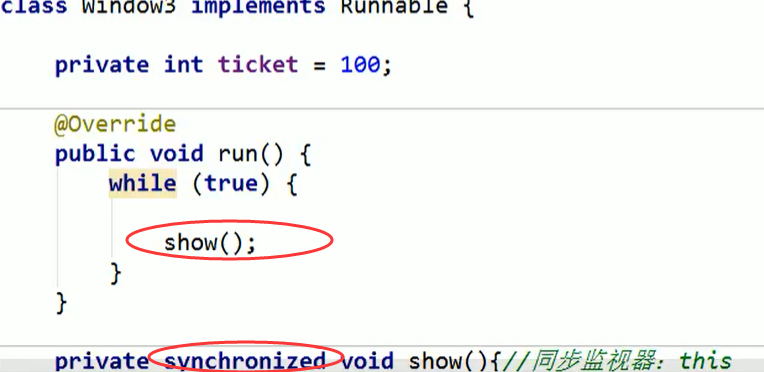
Code implementation:
package com.ykx.java;
/**
* @author: yangkx
* @Title: WindowTest3
* @ProjectName: JavaSenior
* @Description:
* @date: 2022/1/27 16:57
* Multithreading of synchronous processing implementation
*/
public class WindowTest3 {
public static void main(String[] args) {
Window3 window3 = new Window3();
Thread thread1 = new Thread(window3);
Thread thread2 = new Thread(window3);
Thread thread3 = new Thread(window3);
thread1.setName("Window one");
thread2.setName("Window II");
thread3.setName("Window three");
thread1.start();
thread2.start();
thread3.start();
}
}
class Window3 implements Runnable {
private static int ticket = 20;
@Override
public void run() {
while (true) {
if(ticket > 0)
show();
else break;
}
}
private synchronized void show(){
if (ticket > 0) {
try {
Thread.sleep(100);
} catch (InterruptedException e) {
e.printStackTrace();
}
System.out.println(Thread.currentThread().getName() + ":Ticket No.:" + ticket);
ticket--;
}
}
}
Thread synchronization in inheritance mode
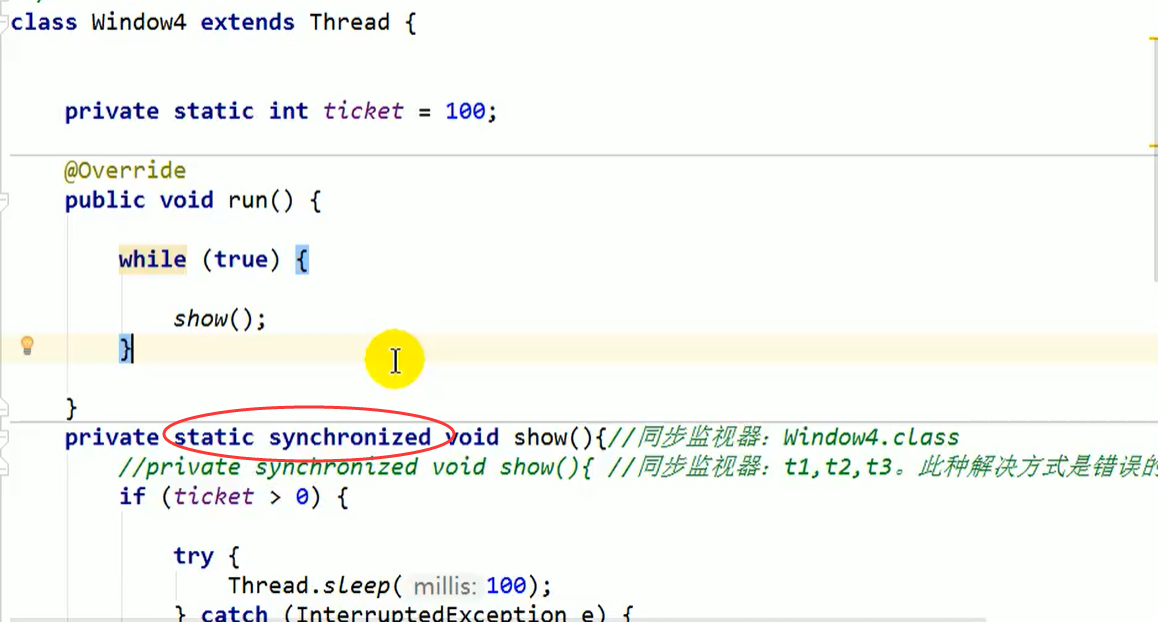
Because the inheritance method creates many different objects, this is different. After adding static, the synchronization monitor is class
Code implementation:
package com.ykx.java;
/**
* @author: yangkx
* @Title: WindowTest4
* @ProjectName: JavaSenior
* @Description:
* @date: 2022/1/27 16:58
* The synchronous method deals with multithreading of inheritance mode
*/
public class WindowTest4 {
public static void main(String[] args) {
Window4 window1 = new Window4();
Window4 window2 = new Window4();
Window4 window3 = new Window4();
window1.setName("Window one");
window2.setName("Window II");
window3.setName("Window three");
window1.start();
window2.start();
window3.start();
}
}
class Window4 extends Thread{
private static int ticket = 20;
@Override
public void run() {
while(true){
if(ticket > 0)
show();
else break;
}
}
private static synchronized void show(){
if (ticket > 0) {
try {
Thread.sleep(100);
} catch (InterruptedException e) {
e.printStackTrace();
}
System.out.println(Thread.currentThread().getName() + ":Ticket No.:" + ticket);
ticket--;
}
}
}
Summary of synchronization methods

Thread safe single instance lazy
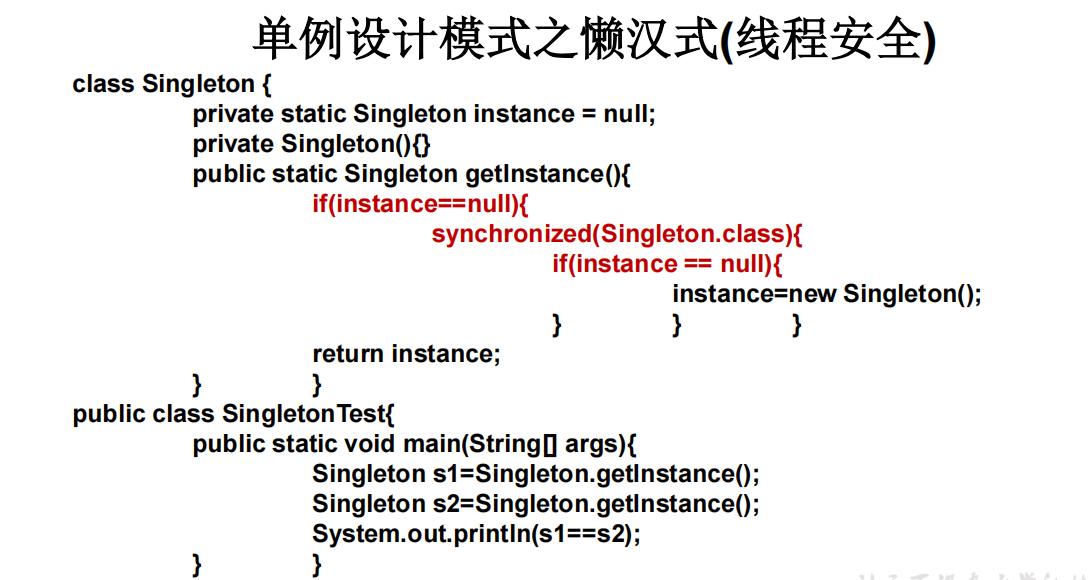
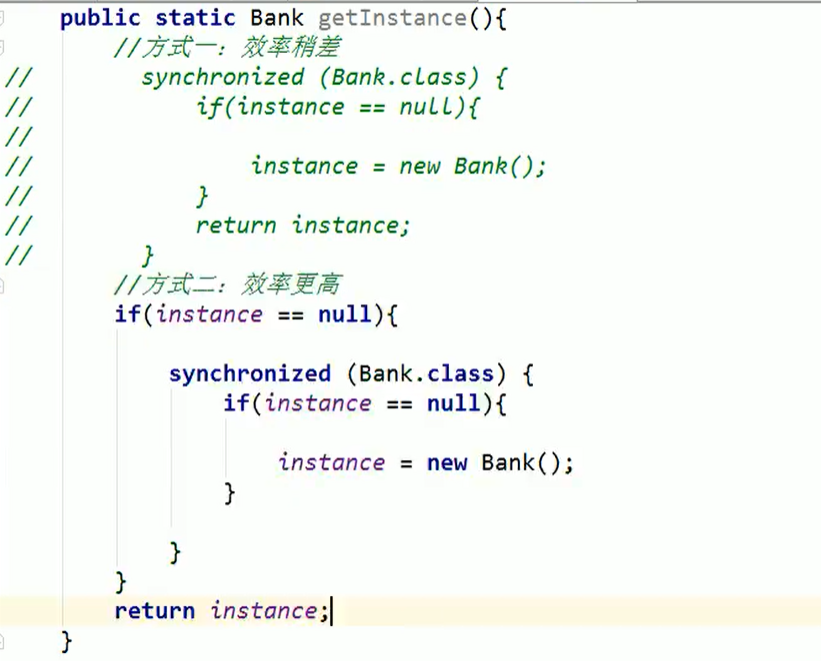
Thread deadlock

Method 3: Lock

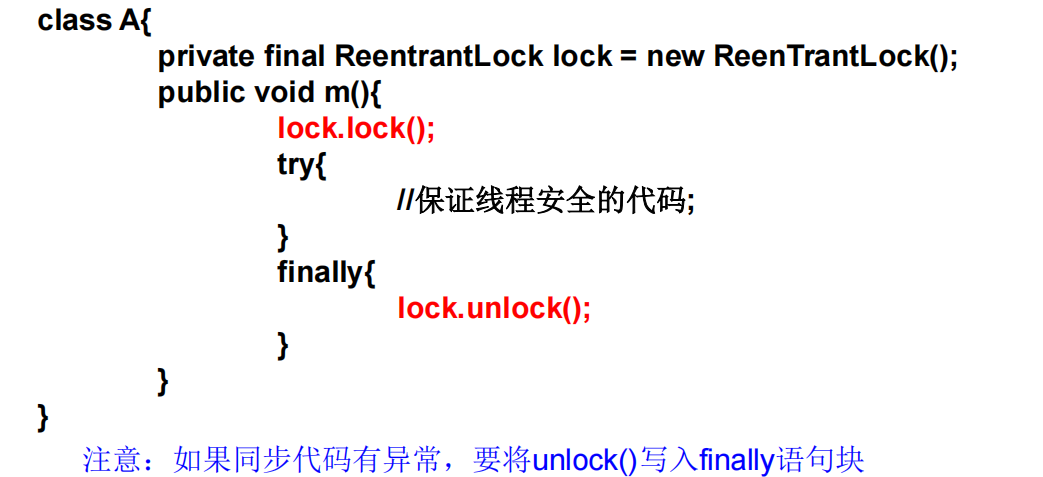
synchronized vs Lock
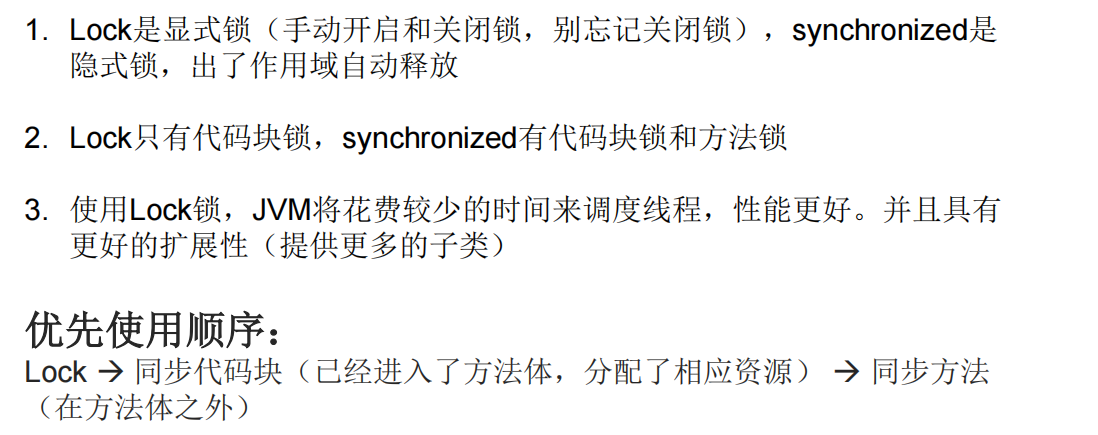
Thread communication
wait() and notify() and notifyAll()
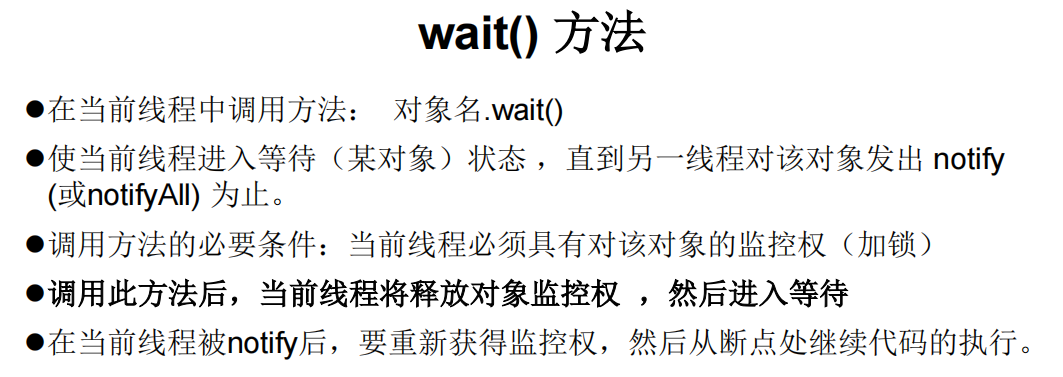



sleep() and wait()

Classic case of thread communication:
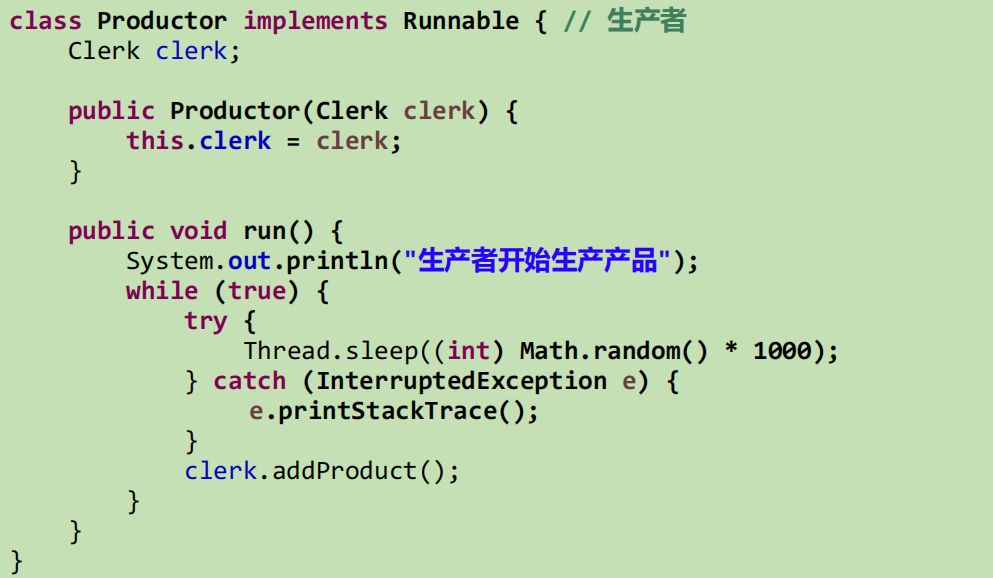
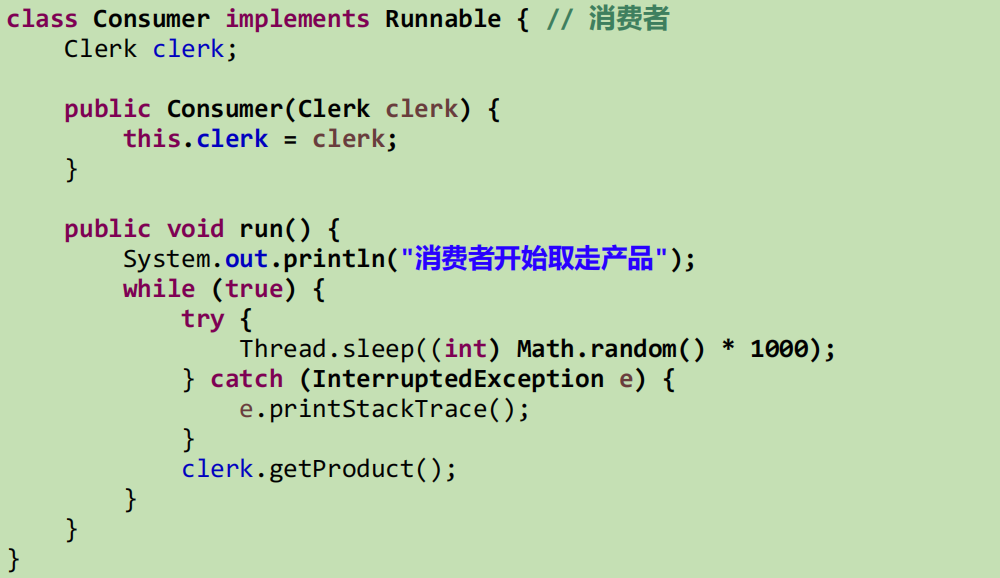
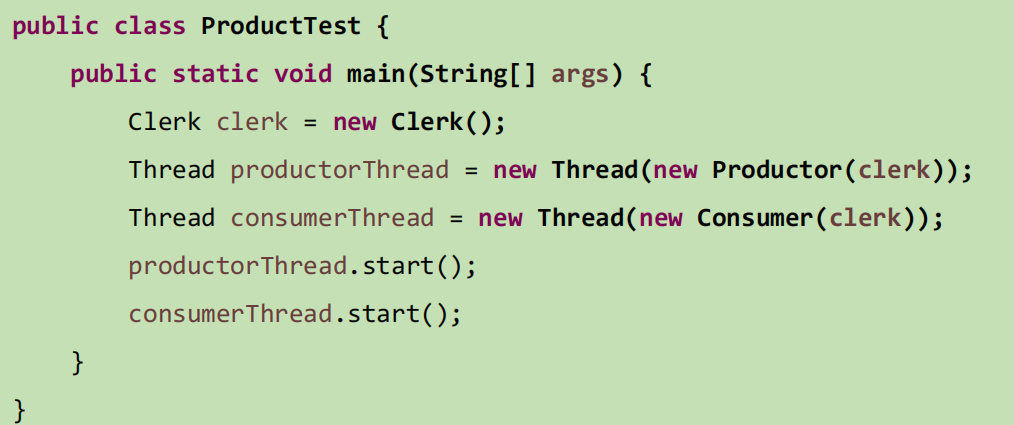
Three ways to create multithreading
Implement Callable interface


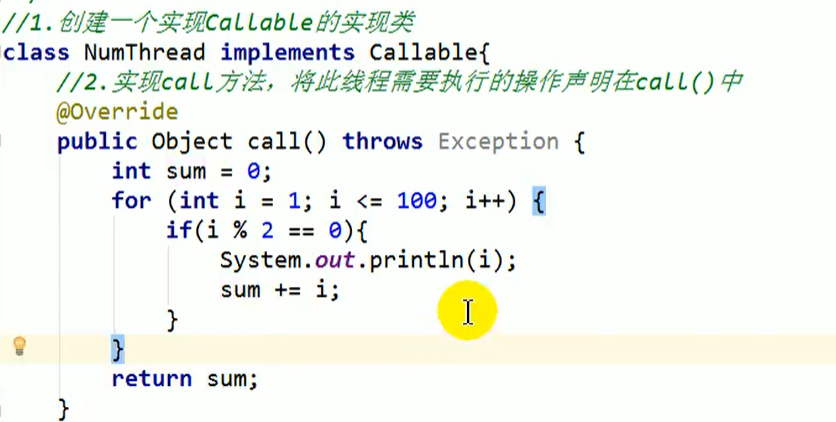
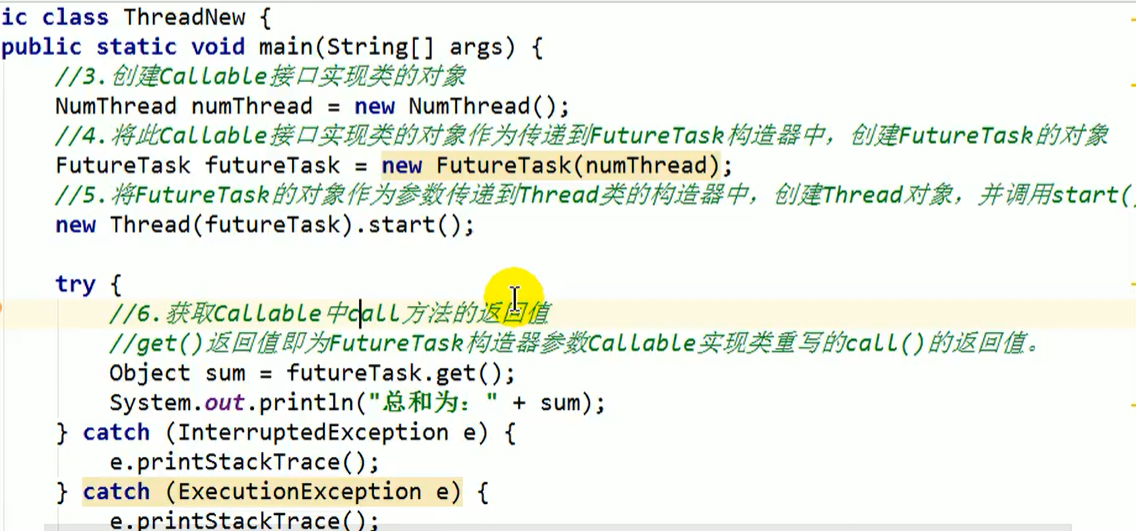
Four ways to create multithreading
Use thread pool
Benefits of using thread pools
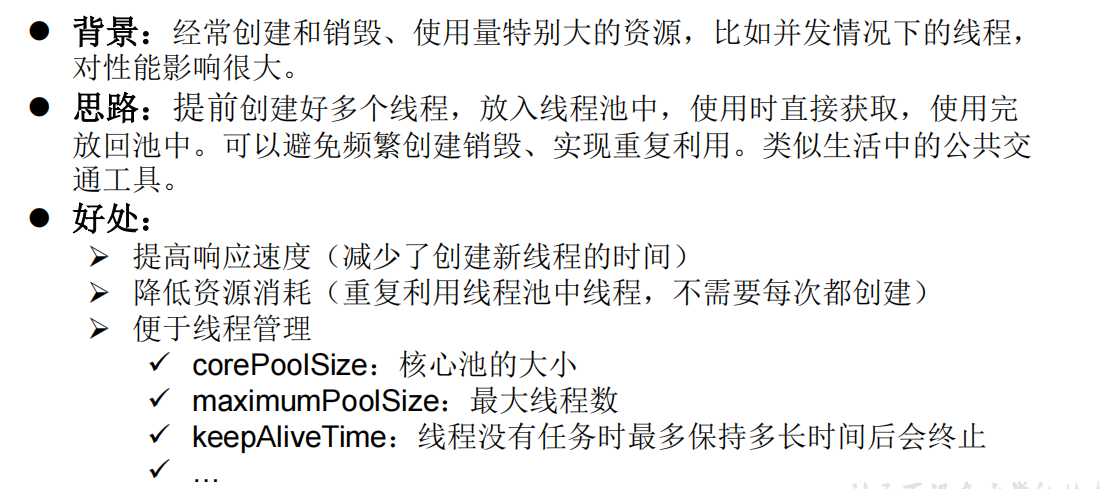
How to use thread pool

